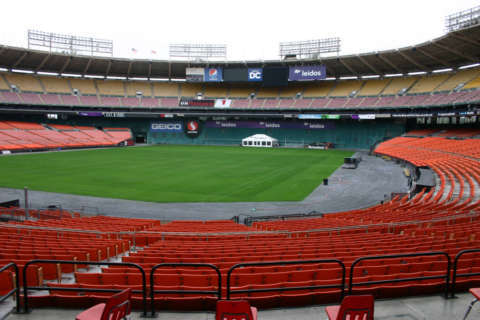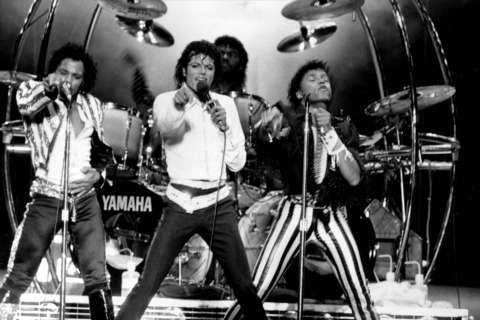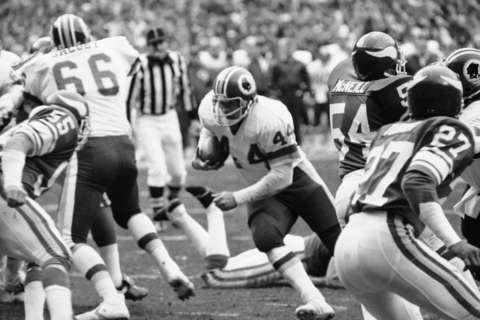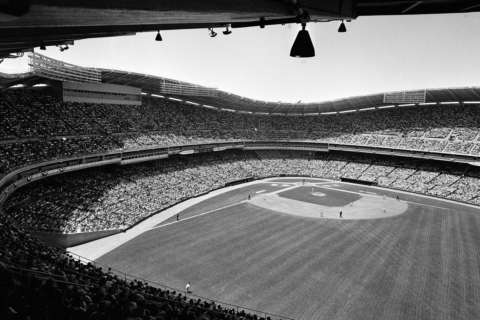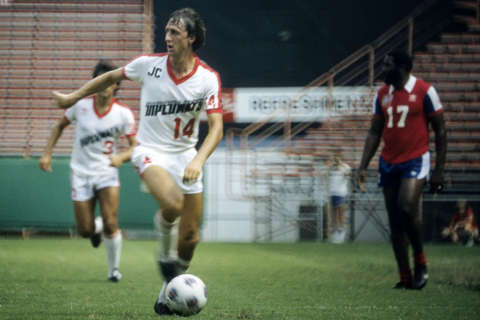WASHINGTON — It probably shouldn’t be surprising, but even the process of naming RFK Stadium was awash in D.C. intrigue, subterfuge and score-settling.
The stadium was of course named after Robert F. Kennedy, the brother of slain President John F. Kennedy, who was himself gunned down at a stop on his own presidential campaign in Los Angeles on June 5, 1968. In 1969, the stadium’s name was changed from the not terribly inspired D.C. Stadium.
The name change was the idea of William Geoghegan, a lawyer who had worked in the Justice Department under President Kennedy. In December 1968, he brought the notion to David Black, the assistant secretary of the interior, who had been appointed by Kennedy and stayed on in the administration of President Lyndon B. Johnson.
Black, in turn, brought it to Interior Secretary Stewart Udall, who was also a Kennedy holdover. Udall liked the idea, but they all knew the problem with it: Johnson would never sign off on the notion. He hated Robert F. Kennedy.
The enmity between the two men — particularly Johnson’s for Kennedy — inspired Jeff Shesol to write the book “Mutual Contempt.” In a recent interview, Shesol said Geoghegan, Black and Udall “all understood that if Lyndon Johnson got word of this, he would be enraged, and he would shut it down — that Johnson hated Robert Kennedy; he had no interest in naming the stadium after RFK, and there were rumors actually that Johnson wanted the stadium named after himself.”
But Geoghegan had figured out something “that not that many other people, even within the government, understood” — the renaming of the stadium didn’t need Johnson’s approval.
A loophole
The stadium stands on federal land, in Anacostia National Park. That means it’s under the control of Udall’s Department of the Interior (as well as the D.C. Armory Board, whose support was widely considered a formality). Udall could make the name change himself.

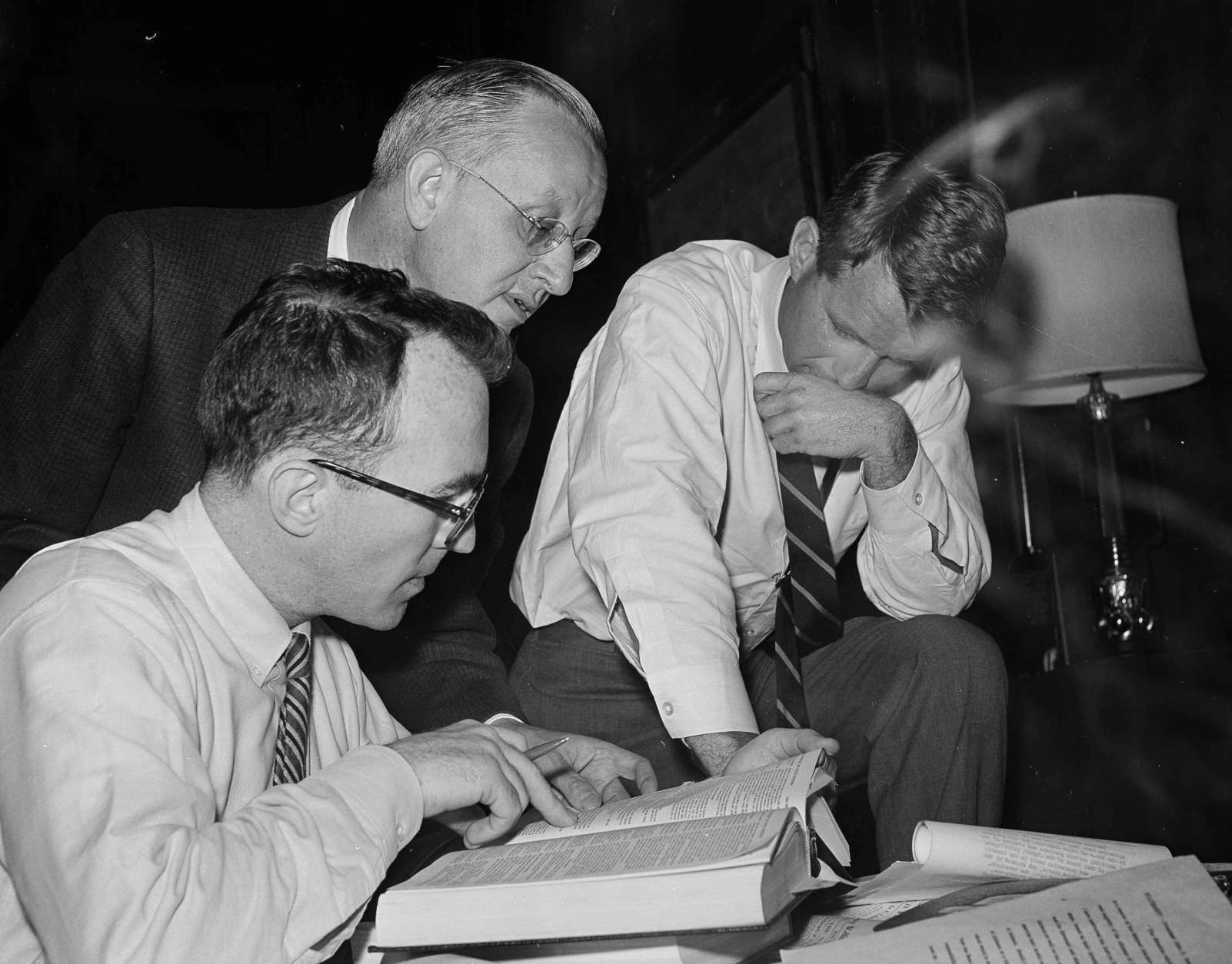
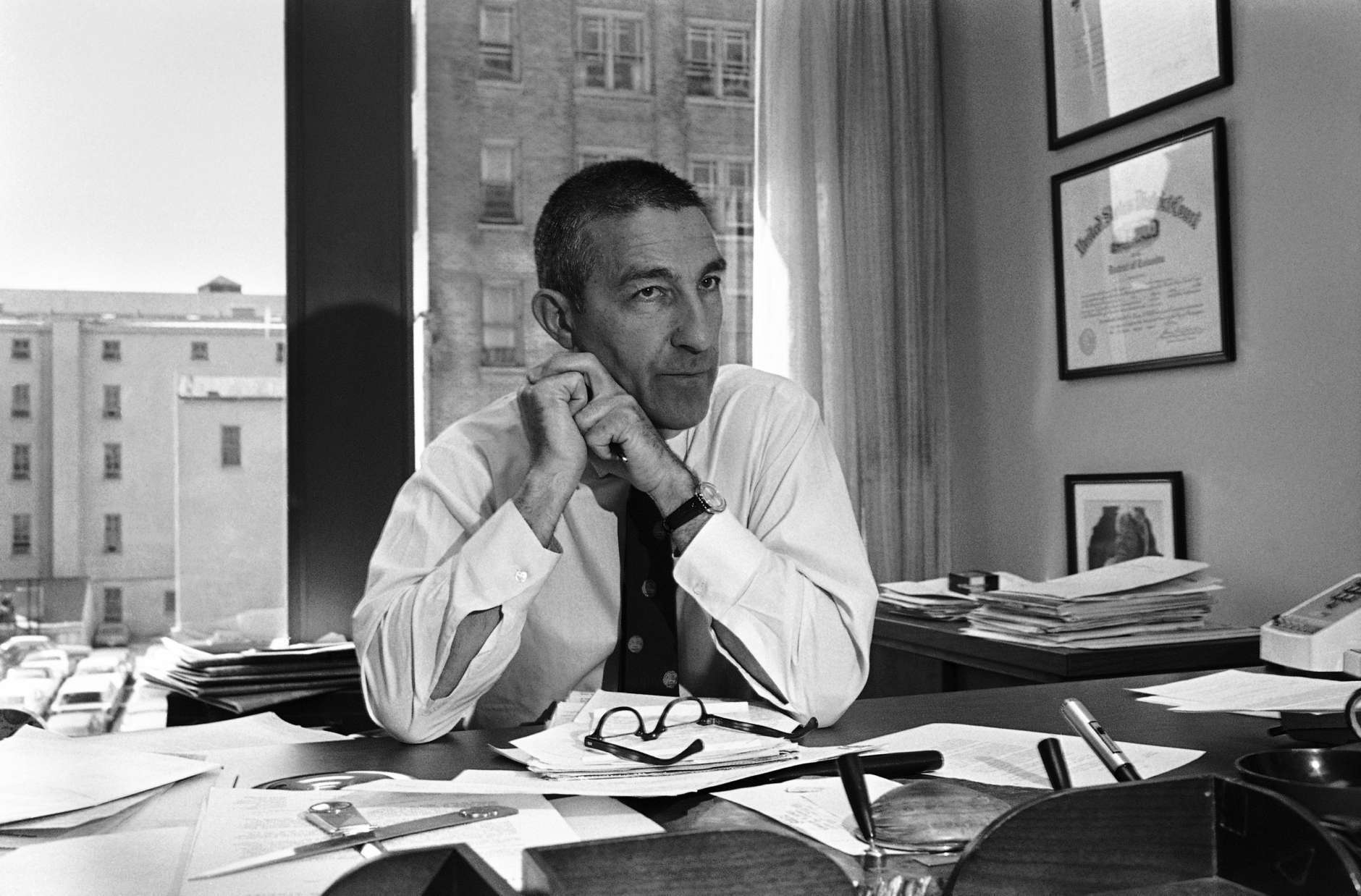
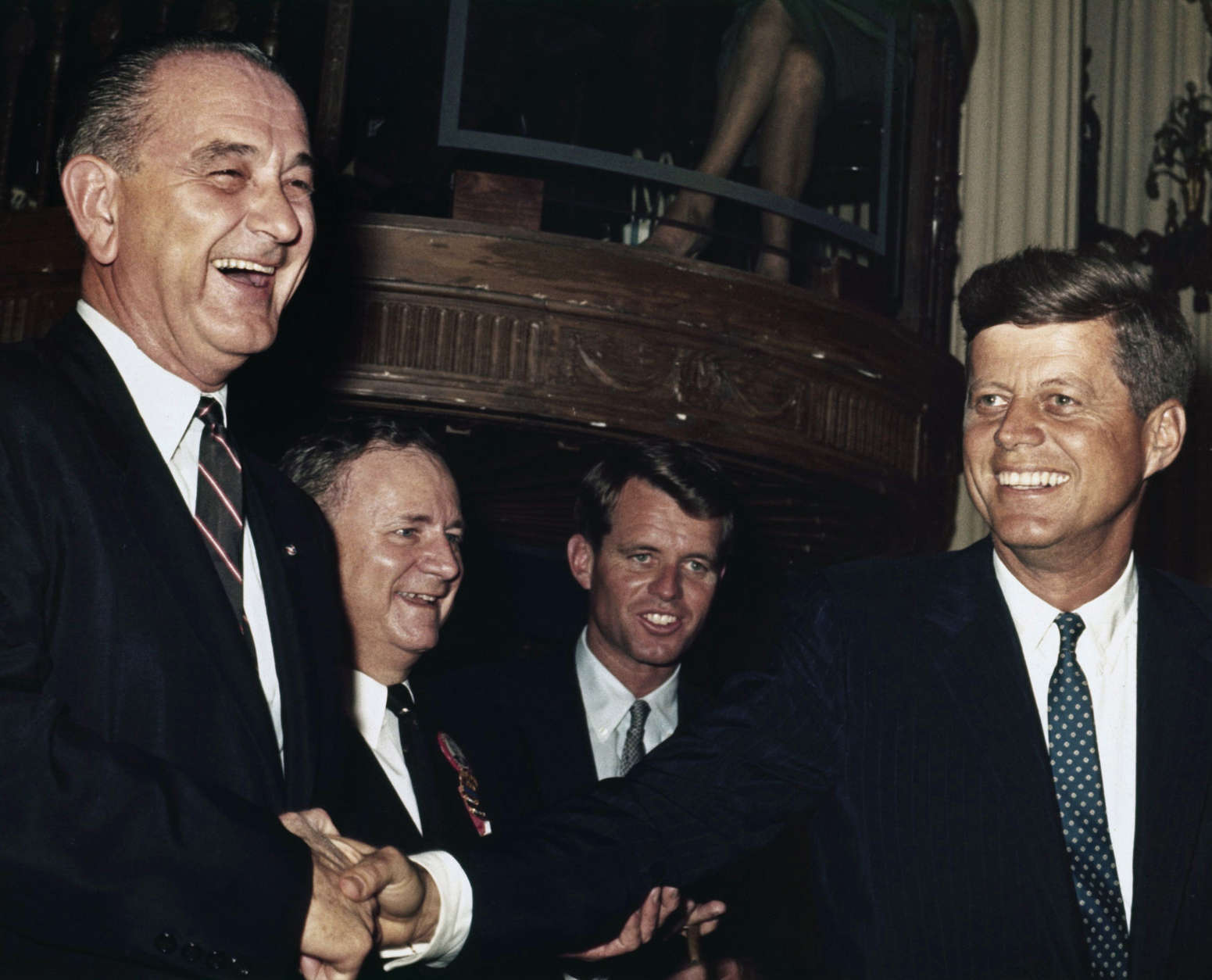

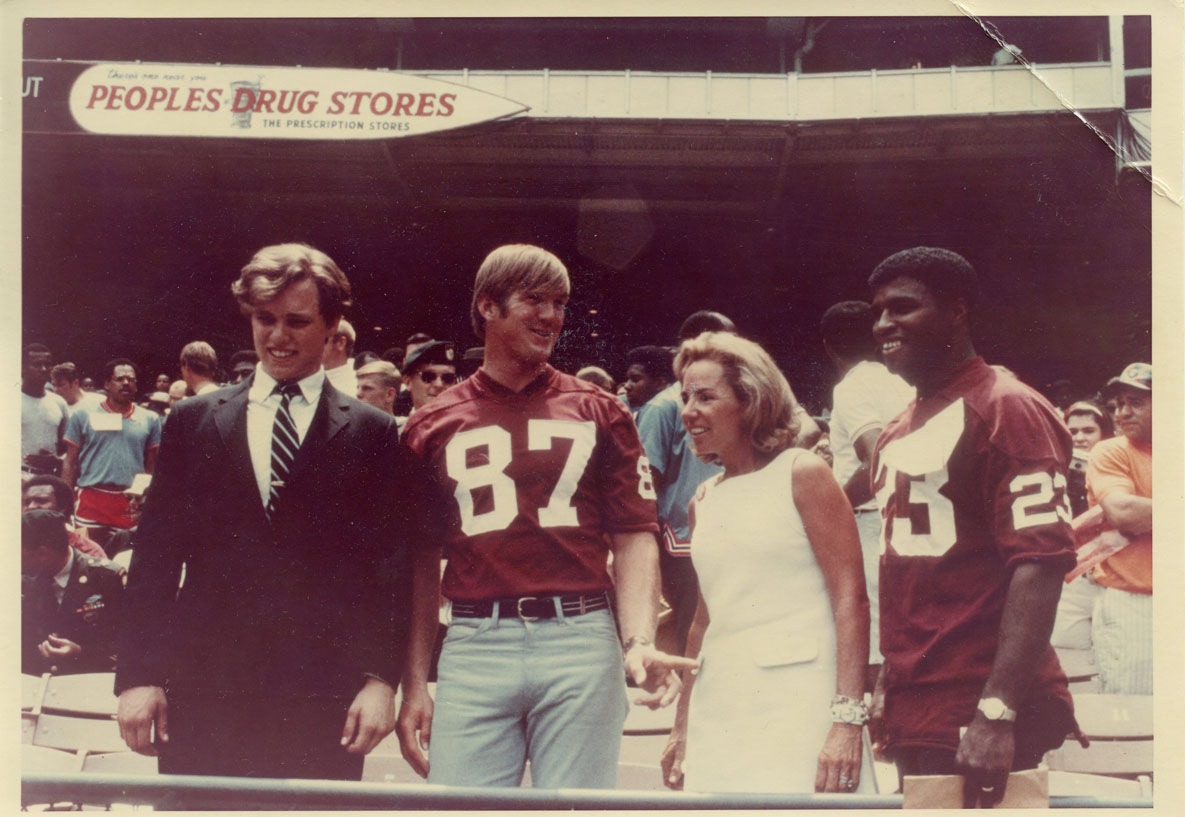
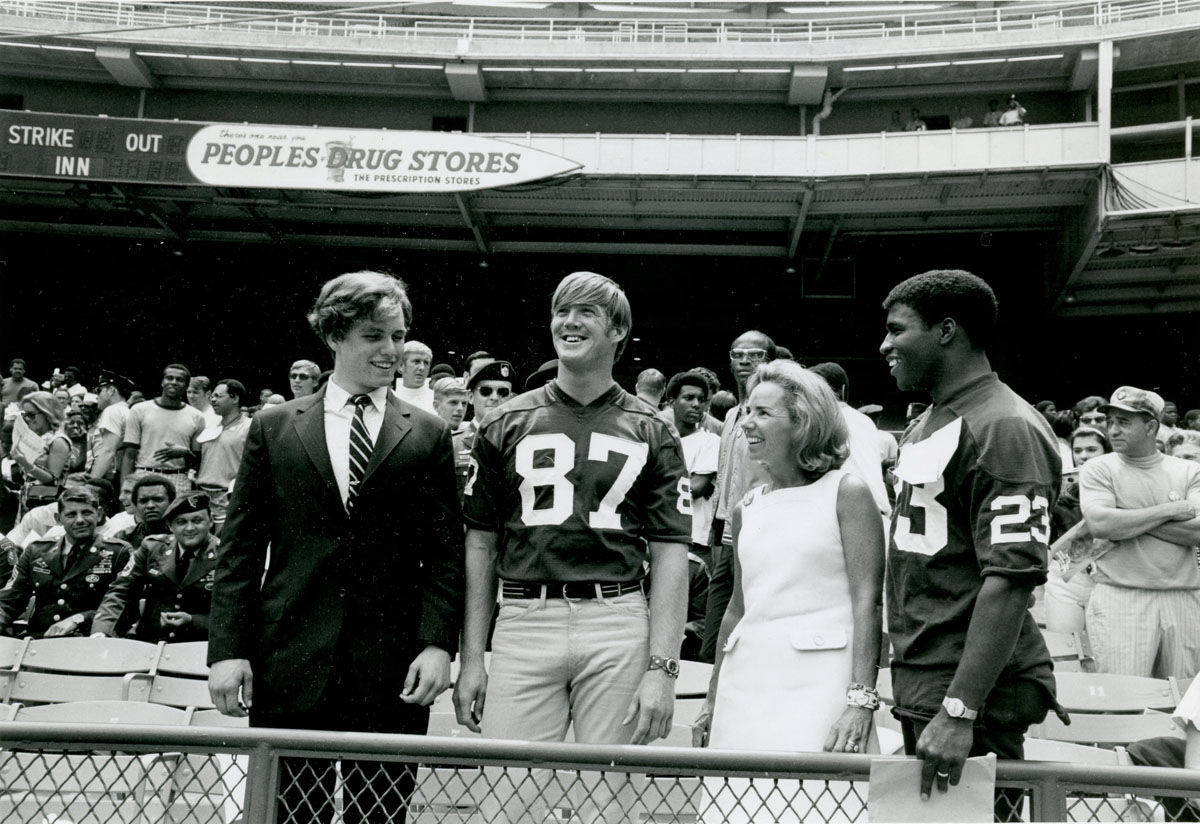
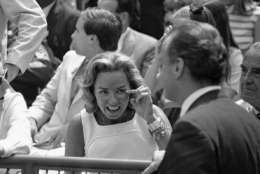
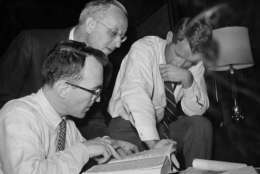
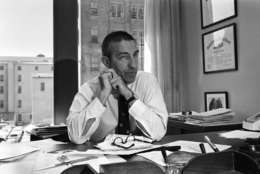
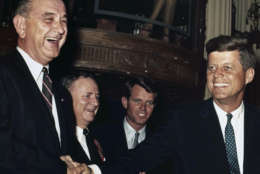
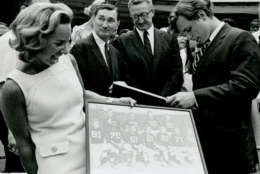
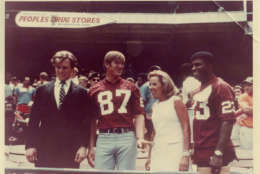
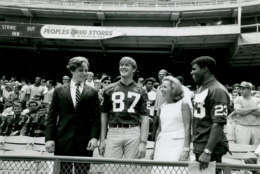
Normally, a Cabinet member wouldn’t want to get on the bad side of the president, even if they had the formal power to do something. But in mid-January 1969, Johnson, who hadn’t run for re-election, was on his way out of the White House, and Richard M. Nixon was about to step in.
Udall “understood that this would infuriate Lyndon Johnson, and was perfectly happy at that point to infuriate Lyndon Johnson,” Shesol said. So, Udall and Black went ahead and made the name change, which the Armory Board announced Jan. 18, 1969 — two days before Nixon’s inauguration.
“Bob was Spartan in his adherence to physical fitness; he loved the out-of-doors, he loved people — and he gloried in the competition of sports,” Udall said in his announcement.
In The Washington Post, Shirley Povich called the renaming a “sort of personal, hurry-up job by outgoing Secretary of Interior Stewart Udall in one of his last acts of office, but nobody is mad.”
Incorrect.
“Lyndon Johnson went crazy,” Shesol said. “It was one of the things that consumed and upset him in those final days, that this trick had been played on him by one of his Cabinet members.”
Udall’s own press secretary went apoplectic at the news that Udall hadn’t even told anyone in the White House he was going to do it, but Udall “replied that he was not interested in telling the White House about this,” Shesol said.
What was the beef?
Johnson and Robert Kennedy were both Democrats, and their policy agendas were broadly similar, Shesol said. “They really were the two most powerful politicians in the 1960s after the death of JFK, and they couldn’t get along to save their lives, even though they were on the same side. … There was really no area in which these two got along or agreed.”
The friction began after John Kennedy “very tentatively” offered the VP slot to Johnson in 1960 — “it surprised the hell out of him when Johnson accepted it,” Shesol said. Robert Kennedy was sent to try to get Johnson to decline the nomination — a move that Johnson “believed to the end” the younger Kennedy made on his own, Shesol said.
Once elected vice president, Johnson thought he would be a powerful, active vice president, Shesol said, but Robert Kennedy soon became the second-most powerful man in the Kennedy White House. And, of course, Robert Kennedy entered the 1968 presidential race about two weeks before Johnson decided against seeking re-election.
Johnson’s revenge
Udall may not have come up with the idea for the name change, but he “blessed” it, Shesol said. “He loved Robert Kennedy. He thought it was a terrific and a meaningful idea.”
Kennedy not only played football in his youth, but “cared deeply about Washington, D.C., including its poorest neighborhoods and its poorest inhabitants,” Shesol said.
But Johnson got his revenge: On the morning of Inauguration Day (Nixon took office at noon), he denied most of Udall’s last-minute requests for land to be put aside for national parks, including a huge parcel in Udall’s home state of Arizona. (Shesol said most of that was dead in the water anyway, but the frustration over that may have spurred Udall to do the end run around Johnson.)
Shesol points out that this kind of drama doesn’t happen much anymore: With the names of stadiums and arenas almost exclusively being sold off to the highest corporate bidder, “there’s not a lot of romance or mystery or intrigue involved in that [anymore]; it’s just a transaction. But here, there was political intrigue happening at the highest levels. And it brought a whole lot of other issues into its sweep.”
WTOP’s special report, Remembering RFK:
- Part 1: Baseball’s best moments at RFK
- Part 2: Best entertainment moments in RFK history
- Part 3: Best Redskins moments at RFK
- Part 4: Best soccer moments at RFK
- Part 5: What’s next for the RFK site?


